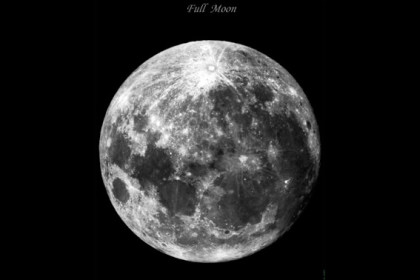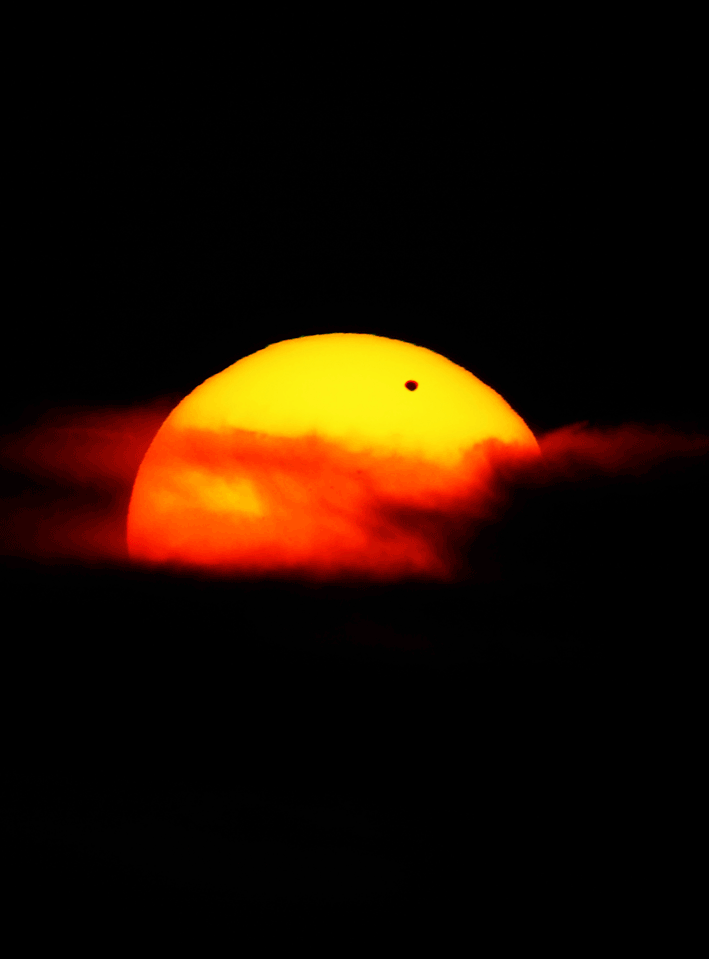
THE PLANETS
The month of March is the month of Mars. The red planet is in opposition to the 3 and is observable throughout the night in the constellation of Leo. It has an apparent diameter of 14 inches, so it is not very large, but it is an opportunity to give vent to all our instrumental resources to see the planet’s disc, which is in full swing in the summer Mercury is visible at sunset, it is better to see it on the night of the 5th. The star reaches a maximum height in all of 2012.
Venus is the most conspicuous object in the sky, on the evening of the 15 with Jupiter, it will form a spectacular celestial configuration, on the 27 it will reach its maximum height, this is the ideal time to try to resume its atmospheric features. Gradually we come to the end of March and it will gradually decrease the time to observe it and it will be lower on the horizon. In particular, on the evening of 15, it will provide us with a spectacular conjunction with Venus, only 3rd away from the gaseous planet.
Saturn can be observed for most of the night in the Virgo constellation, this year a little low, so we do not expect particularly defined images and observations of the ringed planet. Our advice is to observe or film it with telescopes that are not particularly large (maybe with a maximum diameter of apochromatic 130 mm) to try to mitigate as much as possible the atmospheric turbulence caused by the low height of the astro on the horizon. Uranus is practically invisible but if we try to see it and recognize it, we can exploit the conjunction of the 7 with Mercury. Neptune is invisible for the whole month because of its proximity to the Sun.
A DOUBLE STAR PER MONTH
By directing our gaze to the East of the Orion the Hunter constellation, there are two stars that are close together with the same brightness, Castor and Pollex, which have been called the Twins since ancient times. This constellation has an extension in the sky that is not dissimilar to Orion. The choice of the month is Castor, one of the best-known double stars in the firmament. Cassini, Bradley and William Herschel, who already announced it to be a binary system physically linked by gravitational attraction, observed Castor. Castor A and its companion Castor B are very similar in visual magnitude 2.0 and 2.8. Looking through my old refractor fluorite of only 78mm in diameter and a magnification of 340x you have a surreal vision, two blue-white diamonds on a black velvet carpet, a show that will show a keen observer how rich the beauty of the Universe is.
THE OBJECT OF THE MONTH: THE OPEN STORAGE OF THE NATIVITY (M-44)
M-44 is an open cluster in the constellation of cancer, placed in the centre of the constellation between the cancer Gamma and Delta. It is one of the most beautiful objects to see in the Northern hemisphere among the open clusters, it is the second to the Pleiades (M-45). Sometimes, besides the term beehive, the term “manger” is used to refer to the M-44, and in that case the stars Gamma and Delta are the ox and the donkey of the nativity scene.
M-44 has more than 500 stars even if we can only see around forty (Galileo saw 36). To the naked eye, it looks like a small cloud but with binoculars that it gives its best by splitting into many stars with good brightness. Away from us 525 AL (light years) and moves at 27km / s to a point between Sirius and Betelgeuse, tending to disperse. It mainly consists of white and yellow stars but also some Red Giant stars; the primary star is a Yellow Giant as big as 70 Suns. The overall brightness of M-44 is equal to 1540 stars and its age us about 400 million years. In ancient times, when the Manger was not visible, it was said that rain was coming.
Other celestial objects observed in this period with an ordinary pair of binoculars are: M-35 open cluster in Gemini, The Great Nebula in Orion (M42), the Sombrero galaxy (M104) in Virgo, M13 globular cluster in Hercules, double star cluster NGC 869-884-in Perseus, M-41 open cluster in Canis Major
With the arrival of spring the days are getting longer and the nights are getting shorter and warm. The observation of the sky done in this season is certainly less strenuous and more enjoyable. The constellation Ursa Major is the reference, especially that part which includes the tail of the Bear, also known as the Big Dipper, in this period is clearly visible at the Zenith, easily identifiable by the seven stars that make it up.
Starting with the Big Dipper is possible to recognize the three-star Regulus, Arcturus and Spica, that forms the so-called spring Triangle. To find Regulus in the constellation Leo, you simply extend southward the arch formed by Polaris and Dubhe and Merak two stars of the Big Dipper: Regulus is the brightest star that lies in the extension. To find Arcturus and Spica, it is necessary to prolong the arch formed by the first three stars of the Big Dipper (Alioth, Mizar and Benetnasch), forming the Rudder of the Big Dipper. The first bright star that we will meet is Arcturus in Boötes, the second Spica in Virgo. Having thus located the Ursa Major and the Leo, Virgin and Boötes, we will be able to find all the other spring constellations.
In spring you can see two meteor showers. The first is that of the Lyrids because it seems that the meteors come from Lyra, it is said that Lyrids have radiant in the Lyre; observable in the second half of the night, it is a swarm that is not very rich and formed by fast moving meteors. The maximum intensity is reached on 21 April, while the duration ranges from 19 to 22 April. Another spring swarm is called Eta Aquaridi: presents the radiant in the Aquarium and has its maximum on 4 May. The swarm lasts from 1 to 13 May and consists of very fast meteors that leave very long tracks.
 English
English  Italiano
Italiano 

